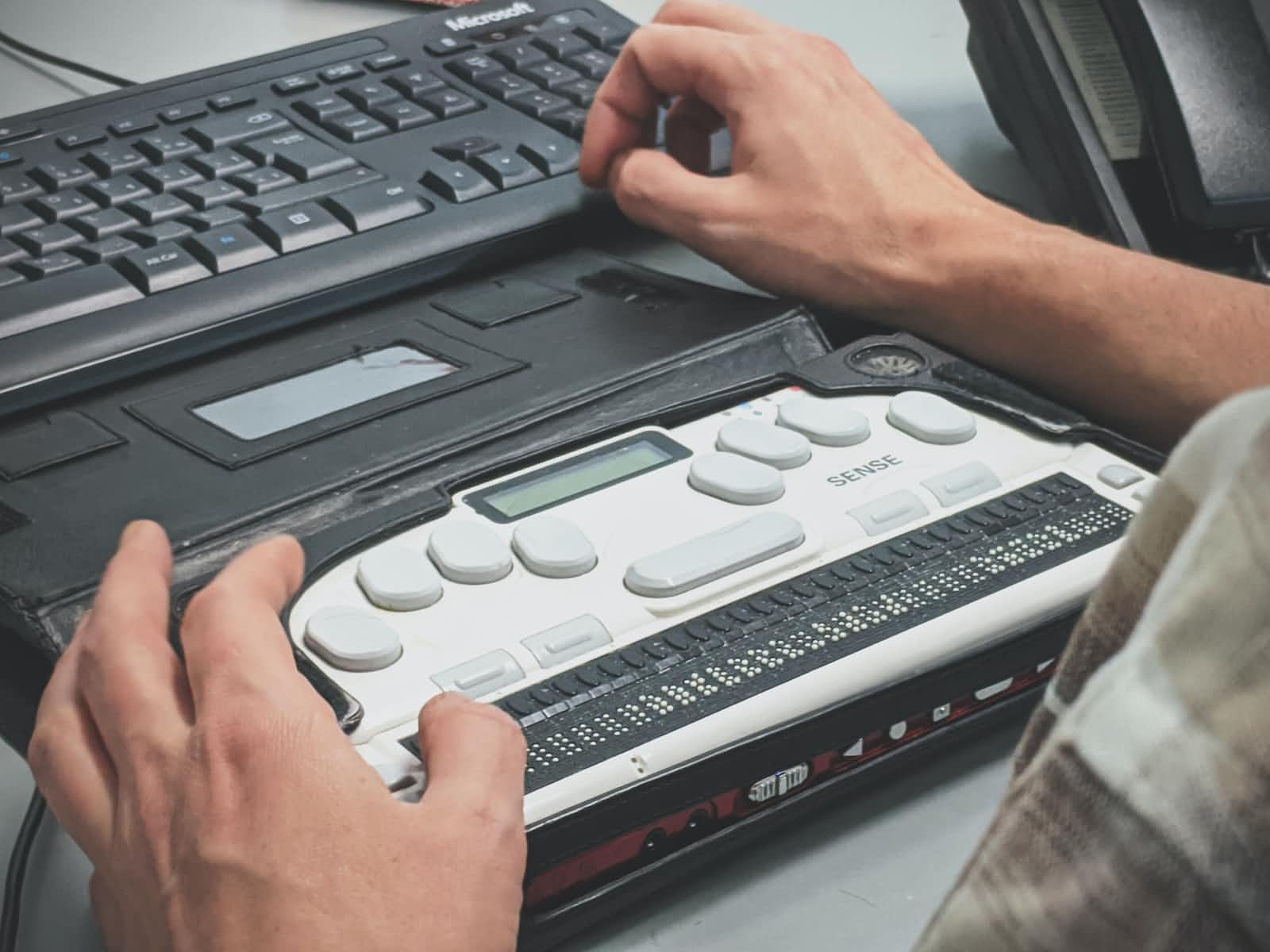My web accessibility experience
 Greatman Ugorji
Greatman Ugorji
Introduction
Early this year, a friend asked me if there was a way to make more people know and use his website. All he wants is to improve his website accessibility. I told him I’d help, and the dude gave me the job.
This article will talk about my experience from the project, the problems I encountered, and how I was able to fix them.
Accessibility Problems and Solutions
Semantic tags
I discovered that the headings, footer, and sections on the page were written with <div> and <p>. This is an awful practice. I added the <h1> tag for the heading of the hero section of the website and used <p> it for the description. However, I used the <main> tag for the container of that section. I removed the <div> in the footer section and added the <footer> tag. The website has an article section that talks about the services offered. Rather than sticking with the <div> tag, I changed it to the <article> tag.
Alt text
I noticed that the images on the website had no alternative texts that screen readers could read aloud. To correct this, I used the <img alt=""> attribute to add the image's description. This will ensure that screen readers say loud the alt text for blind people.
Video captions
There was a video on the website; this video has no caption. I decided to use the <track> tag to add the subtitle file. After adding the <track> tag, the video showed subtitles. People with hearing problems could now read the video's text version.
I also made the file available in other languages to make non-English speakers understand the video.
Meta tag
In the content attribute of the <meta description="" content=""> tag, I described what the website is all about. It is important because search engines use the information on the <meta> tag to display the website in search results. Thanks to this, it helped to improve the website's Search Engine Optimization(SEO).
Navigate the website with the keyboard
I added the tabindex=0 attribute to the form section of the website. Once a user presses the Tab key on their keyboard, the cursor focuses on the next text field.
Conclusion
From my experience, improving the accessibility of a website is important because more people get to use the website. The website also becomes accessible to screen readers and technologies.
Subscribe to my newsletter
Read articles from Greatman Ugorji directly inside your inbox. Subscribe to the newsletter, and don't miss out.
Written by

Greatman Ugorji
Greatman Ugorji
I am a front-end developer and technical writer.